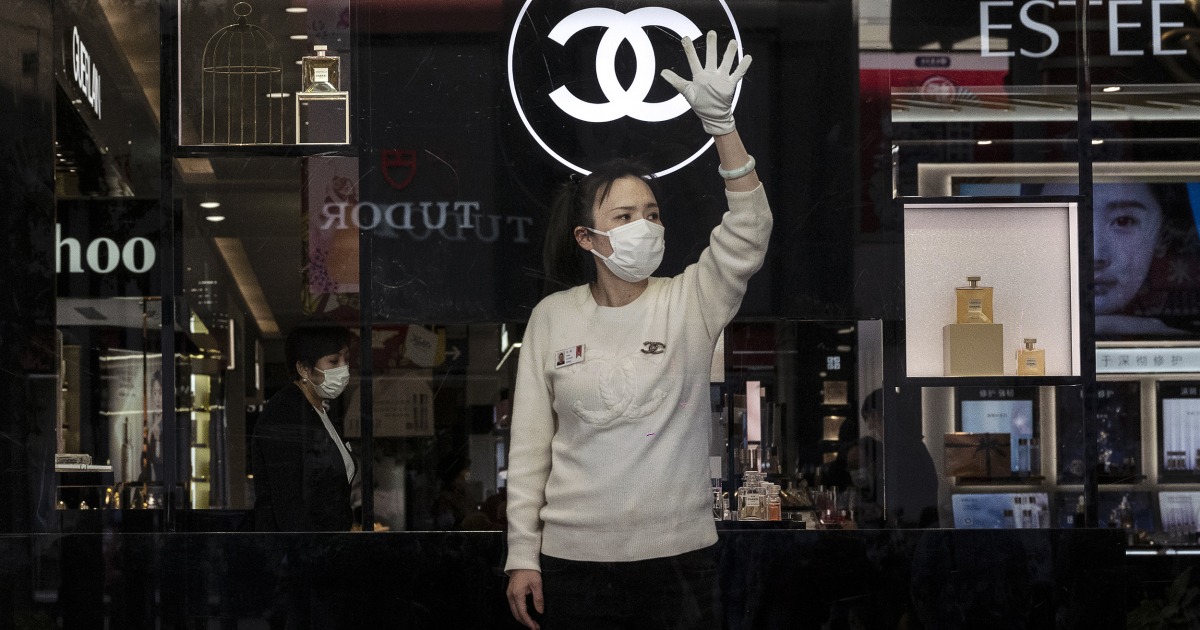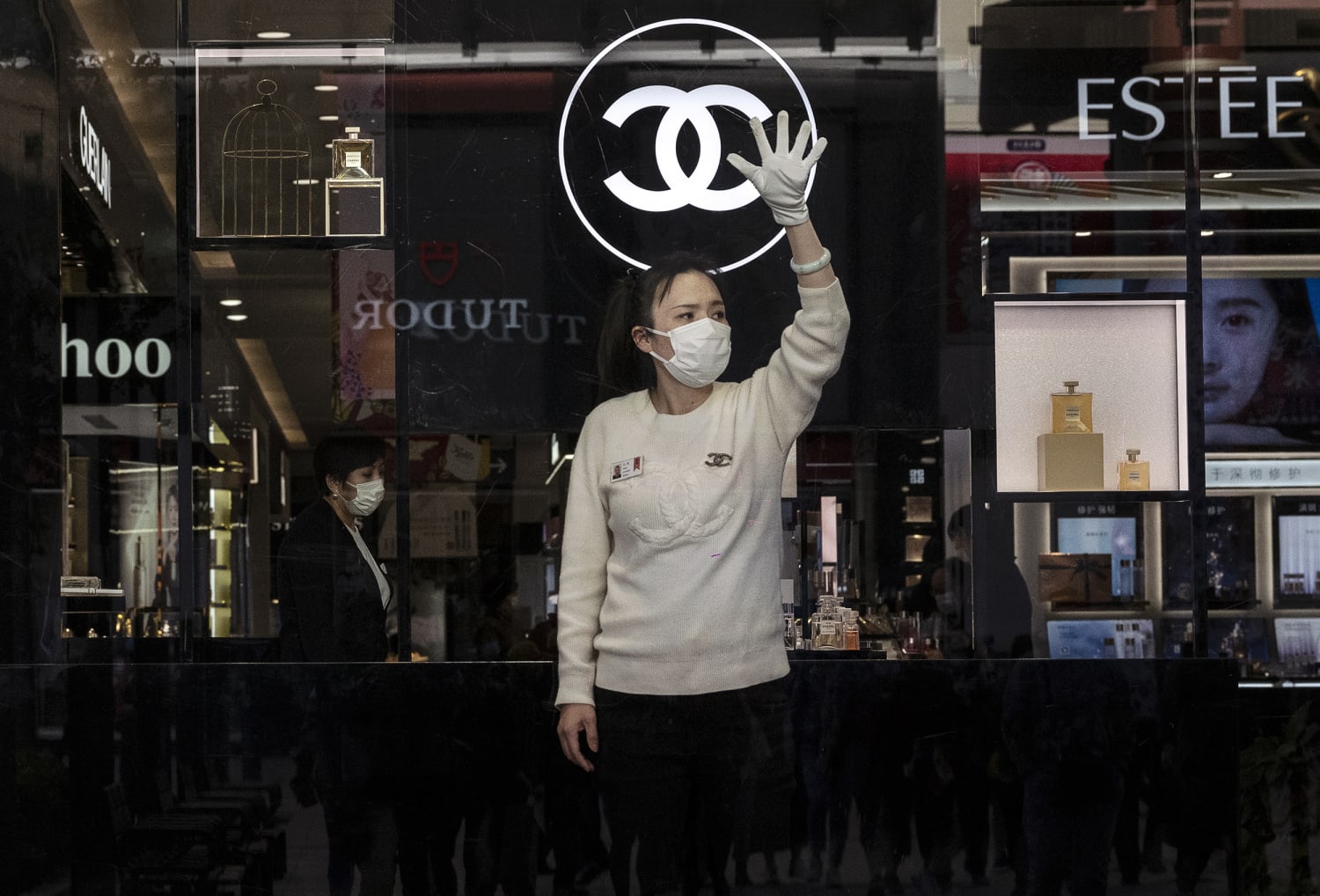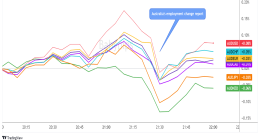
Amazon CEO Jeff Bezos was briefly edged out as world’s richest person this week by Bernard Arnault, CEO of French conglomerate LVMH, thanks largely to China’s appetite for luxury goods. While this is good news for Arnault, China’s recovery — and a redoubled appetite not only for luxury goods but raw materials — is a mixed bag for the rest of the world, including the United States.
Arnault had an approximate net worth of roughly $192 billion, as per Forbes’ real-time tracker, compared to Bezos’ roughly $188 billion. While broader market forces also played a role, Arnault’s rise to the top was helped by investors rewarding LVMH’s strong performance: The company earned nearly $17 billion in sales in the first quarter of 2021, a jump over not only last year, but above 2019 figures, as well. This revenue surge can be attributed in a large part to post-pandemic demand from wealthy Chinese consumers.
Consulting firm Bain & Company noted in a report earlier this month, “China is driving the recovery thanks to continuous repatriation and acceleration of domestic spending on luxury… The appetite of China and Chinese nationals for luxury remains insatiable.”
But demand for raw materials and components is the narrative that will drive the trajectory of the recovery both here and abroad, one that threatens to overshadow the recovery in Chinese consumer spending. A global semiconductor shortage has stymied Eastern and Western manufacturers, and prices for goods like metals, oil and concrete have been on the rise, weighing on profit projections of everyone from home builders to automakers.
“They’re already in another mindset compared to the rest of the world,” Alexis Garatti, head of macroeconomics at Euler Hermes, said of China’s recovery.
These higher price increases will hit producers on both sides of the Atlantic, but the pain will not be shared equally, Garatti said. “We expect a contraction of margin,” he said, with the European Union taking a harder hit, reflecting the Eurozone’s higher sensitivity to pricing fluctuations and the exposure companies they face.
“The key thing is that both the U.S. and China are recovering very quickly now. So you have the two biggest economies in the world bouncing back strongly [and] driving up prices of things like copper, iron and lumber,” said David Dollar, a senior fellow at the Brookings Institution.
“A lot of the rest of the world is recovering unevenly… for both the U.S. and China, it’s a mixed blessing in the fact that the other one recovering tends to push up prices of some things,” he said. “The combination is driving up prices and that’s affecting manufacturers on both sides of the Pacific.”
There is one big difference that could turn into an advantage for American economic activity: Home buying, despite showing some recent price-inflicted strains, has by and large held up as the nation transitions to a post-pandemic economy. These purchases are a key driver of downstream consumer activity, Dollar said, since people who buy homes often also buy appliances, furniture, and goods and services related to remodeling. “Consumption in America has held up pretty well,” he said. As the economy fully reopens, spending on services has shown signs of stabilizing, as well.
However, diminishing returns on investment and high government debt means that Beijing could be hard pressed to sustain the status quo.
Even with wealthy Chinese consumers eager to buy luxury goods, there isn’t the same kind of real estate-propelled demand, Garatti said. “We don’t see, for the time being, a very strong acceleration of consumption,” he said. “In China, to have strong consumption, you also need a very strong housing market,” and Beijing, where rampant speculation has inflamed the housing market, is seeking ways to curb that activity.
“I would expect luxury goods to boom, but that’s not the same as saying you’re going to have a generally consumption-driven recovery,” said Jacob Kirkegaard, a senior fellow at the Peterson Institute for International Economics.
On the contrary, Kirkegaard said that China’s voracious consumption of raw materials has been predicated on a debt-fueled economic growth model. “Commodity demand… has traditionally been associated with a growth model in China that’s very intensive on investment,” he said. “And this has been a growth model that also has led to a very high level of debt.”
Diminishing returns on investment, increased corporate leverage and high government debt means that Beijing will be hard-pressed to sustain the status quo for much longer, Kirkegaard said. “The rebound in China’s growth is very much driven by infrastructure investments — not by consumption — and in my opinion, it’s driving imbalances in the Chinese economy,” he said.
Source: | This article originally belongs to Nbcnews.com










